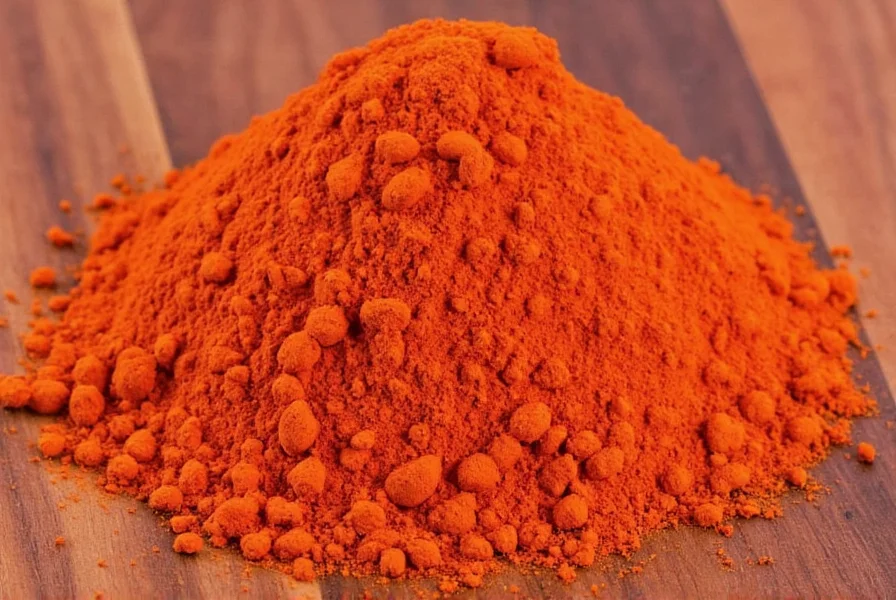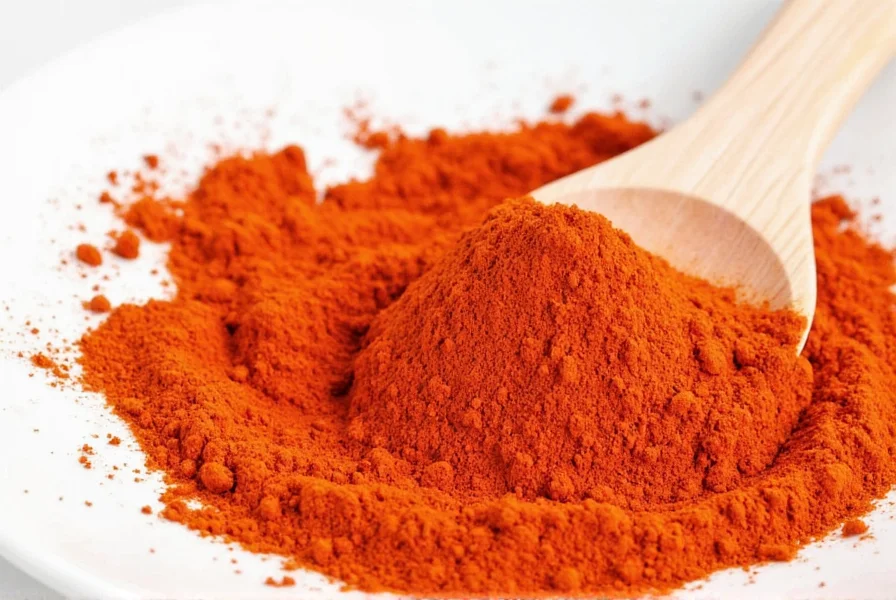Cayenne powder has been transforming cuisines and wellness practices for centuries. Originating from the Americas, this fiery spice made its way to Europe through early explorers and has since become a staple in kitchens worldwide. Understanding what cayenne powder is goes beyond recognizing it as just another spice in your cabinet—it's a complex ingredient with distinctive properties that set it apart from other chili powders.
What Exactly Is Cayenne Powder?
Cayenne powder comes specifically from ripe cayenne peppers that are dried and finely ground. Unlike generic "chili powder" which often contains a blend of different peppers and additional spices like cumin and garlic powder, pure cayenne powder consists solely of ground cayenne peppers. This distinction is crucial when answering what is cayenne powder made of—it's a single-ingredient spice derived exclusively from these specific chili peppers.

Understanding Cayenne's Heat Profile
The heat level of cayenne powder typically ranges from 30,000 to 50,000 Scoville Heat Units (SHU), placing it significantly hotter than paprika (500-1,000 SHU) but milder than habanero peppers (100,000-350,000 SHU). This moderate heat makes cayenne powder versatile for cooking—providing noticeable spice without overwhelming other flavors.
| Spice Type | Scoville Heat Units | Flavor Profile |
|---|---|---|
| Cayenne Powder | 30,000-50,000 | Sharp, clean heat with subtle fruitiness |
| Generic Chili Powder | 500-1,500 | Mild heat with earthy, cumin-forward flavor |
| Red Pepper Flakes | 15,000-25,000 | Variable heat with textured crunch |
Nutritional Composition and Key Components
When examining cayenne powder nutritional facts, you'll find it's rich in several beneficial compounds. The most notable is capsaicin (typically 0.1-1% by weight), which gives cayenne its heat and is responsible for many of its studied physiological effects. Cayenne powder also contains:
- Vitamin A (as beta-carotene) - essential for vision and immune function
- Vitamin C - a powerful antioxidant
- Vitamin B6 - important for metabolism and brain health
- Manganese - supports bone health and metabolism
- Dietary fiber - aids digestion
Distinguishing Cayenne From Similar Spices
Many people confuse cayenne powder with other red spices. Understanding the difference between cayenne pepper and chili powder is essential:
- Pure cayenne powder contains only ground cayenne peppers
- Chili powder is typically a blend of ground chilies plus cumin, garlic powder, oregano, and other spices
- Red pepper flakes contain seeds and membrane fragments, creating a more textured, variable heat experience
This distinction matters significantly when following recipes that specify one over the other, as substituting incorrectly can dramatically alter the flavor profile of your dish.
Culinary Applications of Cayenne Powder
Professional chefs and home cooks value cayenne powder for its ability to enhance flavors without dominating them. When learning how to use cayenne powder in cooking, consider these applications:
- Seasoning blends - A pinch elevates rubs for meats, poultry, and seafood
- Sauces and marinades - Dissolves evenly compared to flakes
- Vegetable dishes - Complements roasted sweet potatoes, carrots, and Brussels sprouts
- Eggs and breakfast dishes - Adds subtle heat to scrambled eggs or avocado toast
- Baking - Surprisingly effective in chocolate desserts for complexity
When incorporating cayenne into recipes, remember that a little goes a long way. Start with 1/8 teaspoon and adjust to taste, as the heat intensifies over time.
Research on Potential Health Benefits
While not a substitute for medical treatment, research suggests potential benefits associated with cayenne powder consumption. Studies on health benefits of cayenne powder indicate:
- Metabolism support - Capsaicin may temporarily increase metabolic rate
- Pain relief - Topical capsaicin creams are FDA-approved for certain pain conditions
- Circulation improvement - May promote temporary blood flow enhancement
- Digestive support - Traditional use suggests stimulation of digestive enzymes
It's important to note that many of these benefits are associated with regular, moderate consumption as part of a balanced diet, not as a standalone treatment for medical conditions.
Safe Usage Guidelines
While generally recognized as safe for culinary use, cayenne powder requires careful handling:
- Always start with small amounts—1/8 to 1/4 teaspoon per serving
- Wear gloves when handling large quantities to prevent skin irritation
- Avoid contact with eyes or sensitive skin areas
- Those with gastrointestinal sensitivities should use cautiously
- Consult a healthcare provider before using medicinally if you have health conditions
Proper Storage for Maximum Freshness
To maintain cayenne powder's vibrant color and heat profile:
- Store in an airtight container away from light and heat
- Keep in a cool, dark cupboard (not above the stove)
- Use within 6-12 months for optimal flavor (though safe indefinitely)
- Check for fading color or diminished aroma as signs of degradation
Conclusion
Understanding what cayenne powder is reveals it as far more than just a hot spice. Its unique composition, culinary versatility, and potential wellness applications make it a valuable addition to any kitchen. Whether you're exploring global cuisines, seeking natural flavor enhancers, or curious about traditional remedies, cayenne powder offers a distinctive combination of heat, color, and potential benefits that have stood the test of time.
What is the difference between cayenne powder and chili powder?
Cayenne powder is made exclusively from ground cayenne peppers and provides consistent, clean heat. Chili powder is typically a blend of various ground chilies plus additional spices like cumin, garlic powder, and oregano, resulting in a more complex but milder flavor profile.
Can cayenne powder help with weight loss?
Some research suggests capsaicin in cayenne powder may temporarily increase metabolic rate and reduce appetite, but these effects are modest. Cayenne powder should be viewed as a potential complement to, not a replacement for, a balanced diet and regular exercise when considering weight management.
How much cayenne powder equals one fresh cayenne pepper?
Approximately 1/2 teaspoon of cayenne powder equals one medium fresh cayenne pepper. However, heat levels can vary significantly between fresh peppers and commercial powders, so it's best to start with less and adjust to taste.
Is cayenne powder safe for daily consumption?
Yes, cayenne powder is generally safe for daily culinary use in moderate amounts (typically 1/8 to 1/2 teaspoon per day). However, those with gastrointestinal conditions like ulcers or GERD should consult a healthcare provider before regular consumption.
Why does cayenne powder sometimes lose its heat over time?
Capsaicin, the compound responsible for heat, degrades when exposed to light, air, and heat. Properly stored in an airtight container away from light and heat, cayenne powder maintains its potency for 6-12 months. After this period, the heat level gradually diminishes while remaining safe to consume.











 浙公网安备
33010002000092号
浙公网安备
33010002000092号 浙B2-20120091-4
浙B2-20120091-4